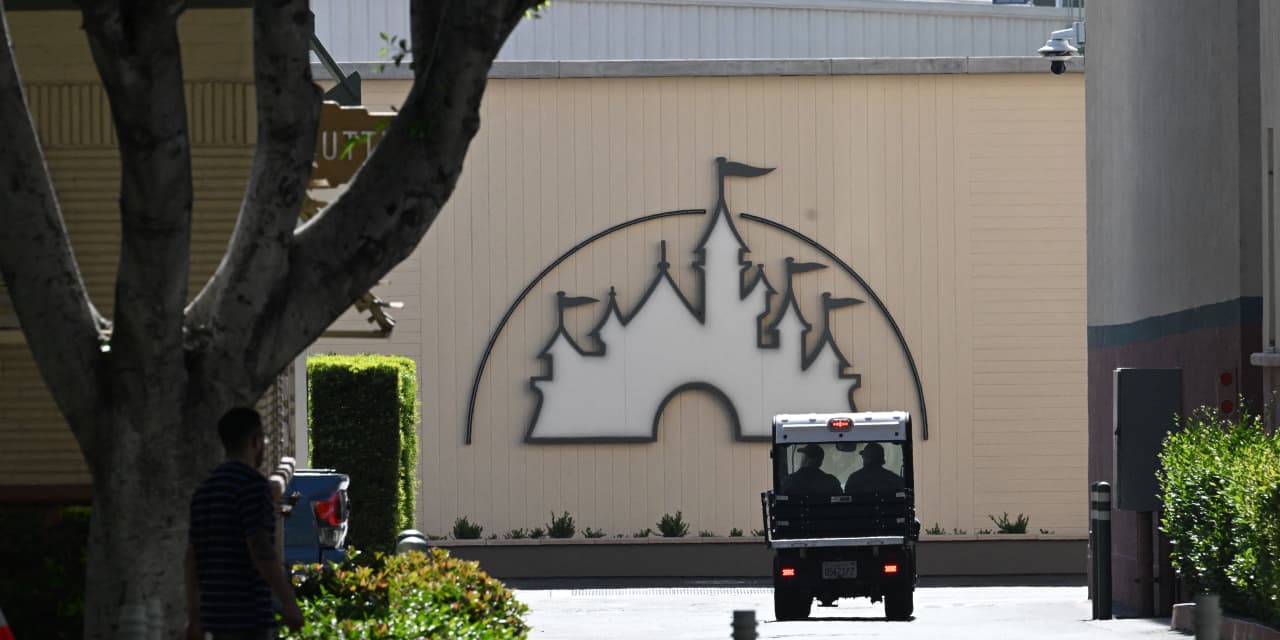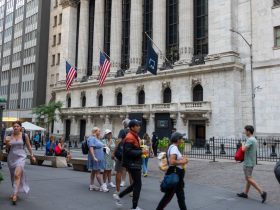Talk about the blackout blues.
With the 2023 NFL season barely under way, media analysts are watching the continuing dispute between
Walt Disney
and Spectrum parent
Charter Communications,
which has left thousands of cable television subscribers unable to watch sports behemoth ESPN and Disney’s other channels. Football’s availability this year highlights how much of the TV industry remains in flux years after cord-cutting became de rigueur—and as cable blackouts become more common.
Canceling cable in favor of streaming content online is something millions of Americans have already done. It’s also a reality that companies like Disney (ticker: DIS) and Charter (CHTR) long ago positioned themselves for, be it through their own streaming services for content creators, such as Disney+, or via high-margin broadband service for distributors.
As Barron’s has noted, professional sports leagues remain a jump ball, defying demographic trends as they retain large and loyal audiences across generations. That makes professional sports of the few remaining battlegrounds between programmers like Disney and multichannel video programming distributors, or MVPDs, like Charter: Those in the former camp often threaten to withhold content—a blackout—from those in the latter during fee negotiations, which have become more contentious in recent years as over-the-top digital options have proliferated.
Indeed, from the continuing Hollywood writers’ and actors’ guild strikes to the Disney-Charter spat, it’s clear that streaming’s disruptive power in the entertainment industry is still sending out shock waves more than a decade after bursting onto the scene.
This year’s NFL season is emblematic of that ongoing shift. While many viewers may remember when football games were just on a select few stations, this year all the big broadcasters—
ComcastCorp’s
(CMCSA) NBC,
Paramount Global’s
(PARA) CBS, Disney’s ABC, and
FoxCorp.’s
(FOXA) Fox—will air some games on the airways, and via their apps. So will
Amazon.com
(AMZN),
Alphabet’s
(GOOGL) YouTube, and the NFL’s own app. Fox Corp. shares common ownership with Barron’s parent
News Corp
(NWSA).
In fact, football is a bit late to the party. The 2022 season marked the first time viewers were able to catch a majority of the five NFL game packages through streamers. This year will bring some similar experiments, including Amazon Prime Video’s Black Friday game in November.
While some consumers may welcome more options for watching football, the fact that more games are available exclusively online shows how major media entertainment companies expect streaming to be the real future driver of growth. That means it will be more confusing than ever to keep track of how to watch certain games.
Of course, many viewers are already familiar with concept of trying to track down how to watch their favorite programming due to service disruptions. Although the number of cable blackouts peaked at nearly 400 in 2020, 2023 has seen more than 200 blackouts already, the third-highest number over the past decade, according to the American Television Alliance, which is an industry trade group spearheaded by cable and satellite TV firms.
Disputes between the companies that create content and those that provide it to consumers are nothing new. Companies like Disney argue that the fees they collect from MVPDs are well-deserved since they shoulder the cost of producing programming that draw viewers in; MVPDs, which collect their fees from subscribers, argue that the high cost of content drives up Americans’ bills.
Nonetheless, blackouts have become more prevalent because of the sea change brought about by streaming: A shrinking pool of cable subscribers has been altering the balance of power, as more viewers opt for digital-first options and advertising dollars inevitably follow. The change is obvious in the laissez-faire attitude Charter has been projecting—at least publicly—about whether or not it hangs onto ESPN, whose diminished standing is still powerful. As Barron’s noted, Disney could be the first to blink in the standoff, even if it’s hard to see a real winner.
Kagan, the media research division at S&P Global Market Intelligence, estimated that blackouts have cost top cable networks nearly $180 million in affiliate fees from 2013 to 2021. As film industry site IndieWire highlighted,
AT&T’s
(T) DirecTV notched the largest local station blackout in history this summer, with more than 200
Nexstar
stations going dark on its service.
Ultimately, the Disney-Charter fight is unlikely to be the last of its kind, even as the NFL experiments with its changing media footprint.
Write to Teresa Rivas at teresa.rivas@barrons.com
Read the full article here












Leave a Reply